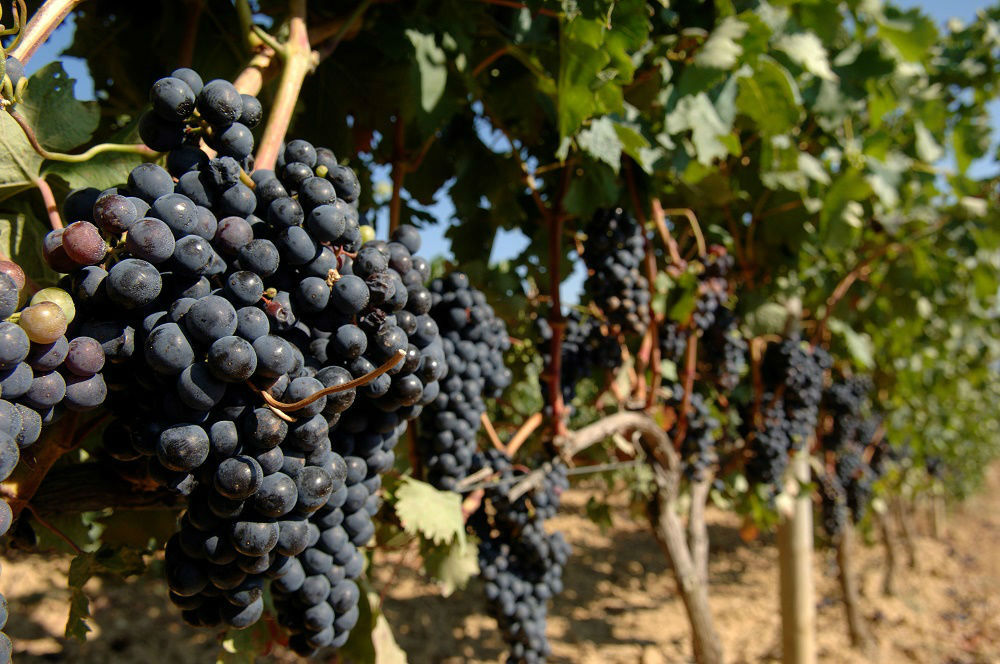
History
Rioja Alavesa´s 4,700-year historyHistory
The area that today makes up Rioja Alavesa has been inhabited for more than 4,700 years ago, proof of which is the megalithic construction The Sorceress Shanty in Elvillar, which served as a collective pantheon, and the dolmens scattered around the towns of Laguardia, Leza, Villabuena de Alava, Elvillar and Kripan. Many archaeological remains in different parts of the Rioja Alavesa geography have been found, such as the La Hoya Settlement, in the district of Laguardia, which is one of the most Bronze Age´s important sites in the Basque Country, dated 1500 years before Christ.
All of which are vestiges of the rich prehistory of this territory, which form a route of great cultural interest to visit in the summer with family or friends.
More recently, the medieval struggles between Navarre and Castile meant that what we now know as Rioja Alavesa changed hands repeatedly. Despite having the Ebro River as a natural barrier that historically served to defend the territory, it was desirable to many kingdoms. In 1461 it changed hands from Navarre to Castile and in 1486 the town of Laguardia and its villages joined the Brotherhood of Alava by order of the Catholic Monarchs.
The very noble, loyal village of Laguardia, capital of the region, was founded in the tenth century on top of a hill, where it stands aloft and proud, to defend the Kingdom of Navarra from attacks from other realms. This small, picturesque village with narrow cobbled streets has an important monumental heritage including its noteworthy old walls and the fortified churches of Saint John the Baptist and Santa María de los Reyes. The latter, built in the fourteenth century, has an exceptional carved stone porch, which preserves the original seventeenth century polychrome elements in excellent condition, as it is protected from the weather. Noteworthy to is the Palace of the fable writer Samaniego, who was born in the town, which was built in masonry and has a beautiful neoclassical cover. Or the office of "La Primicia", from the fourteenth century, which collected the tithes and first fruits. Both are home to wineries which can today be visited.
In the other municipalities of the Rioja Alavesa Wine Route other important heritage resources can be found, among which are the outstanding perfectly preserved historical quarters of Elciego, Labastida and Labraza. The walls of the latter, which received the award for the Best Walled City in the World by the International Circle of Walled Cities, are home to towers and battlements classified as historical heritage.
Civil buildings of great importance also abound, such as the House of Tithes in Villabuena de Álava, the Casa del Indiano, in Elvillar and in Labastida the house of Manuel Quintano who introduced the Bordeaux winemaking techniques into eighteenth century Spain. There are also many emblazoned facades and manors in other municipalities in the region, which together make up the huge monumental heritage of Rioja Alavesa.
Collaborators









